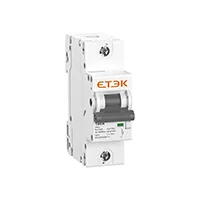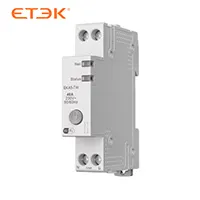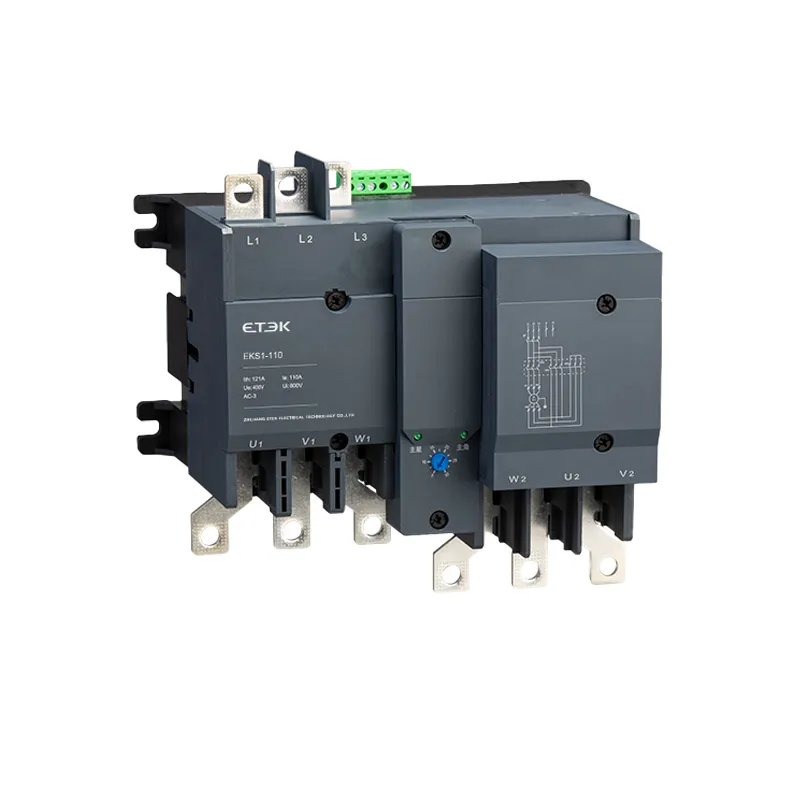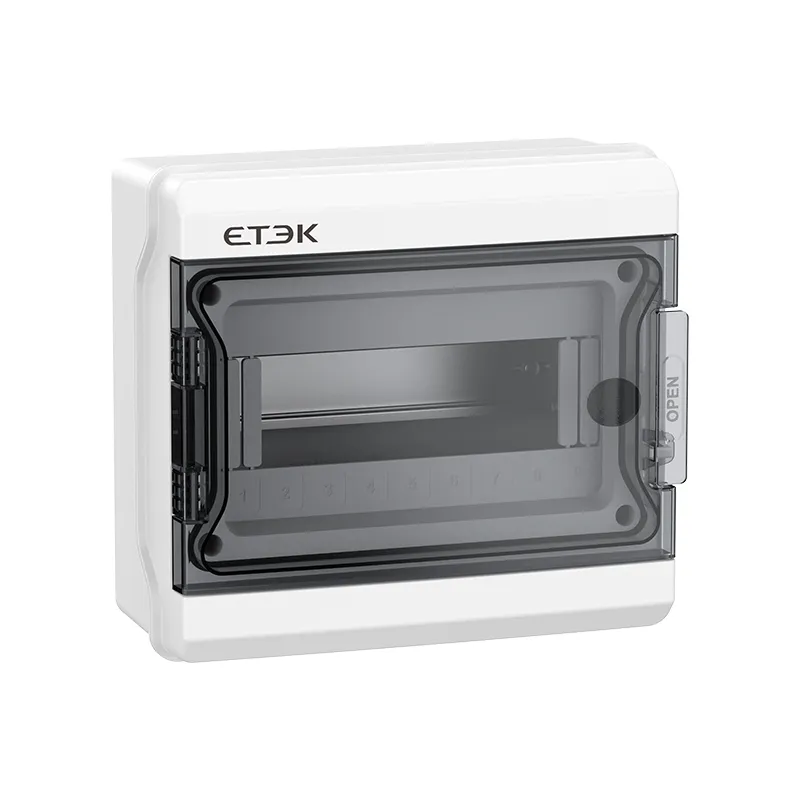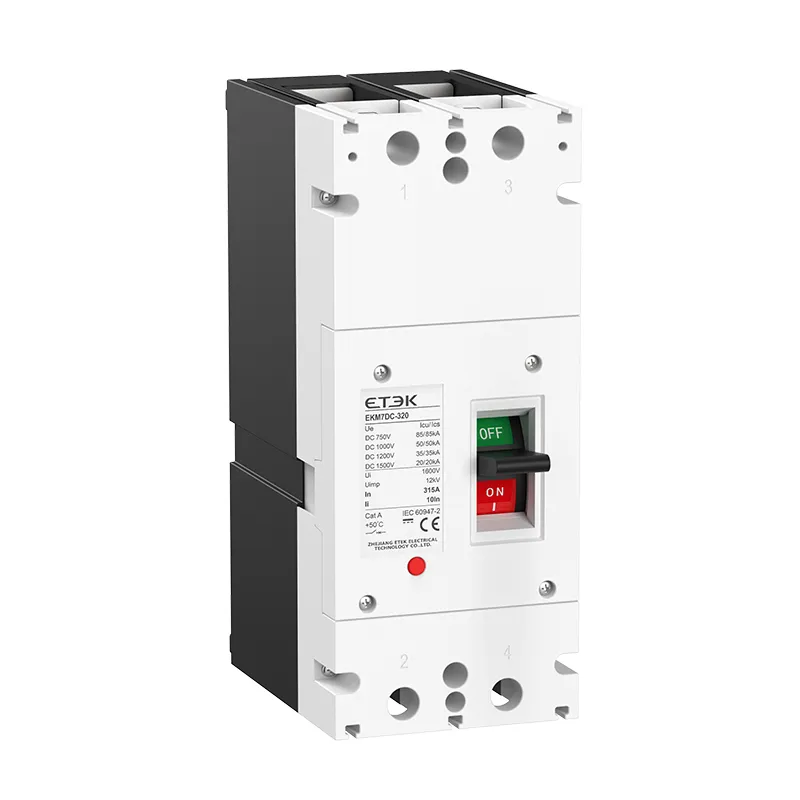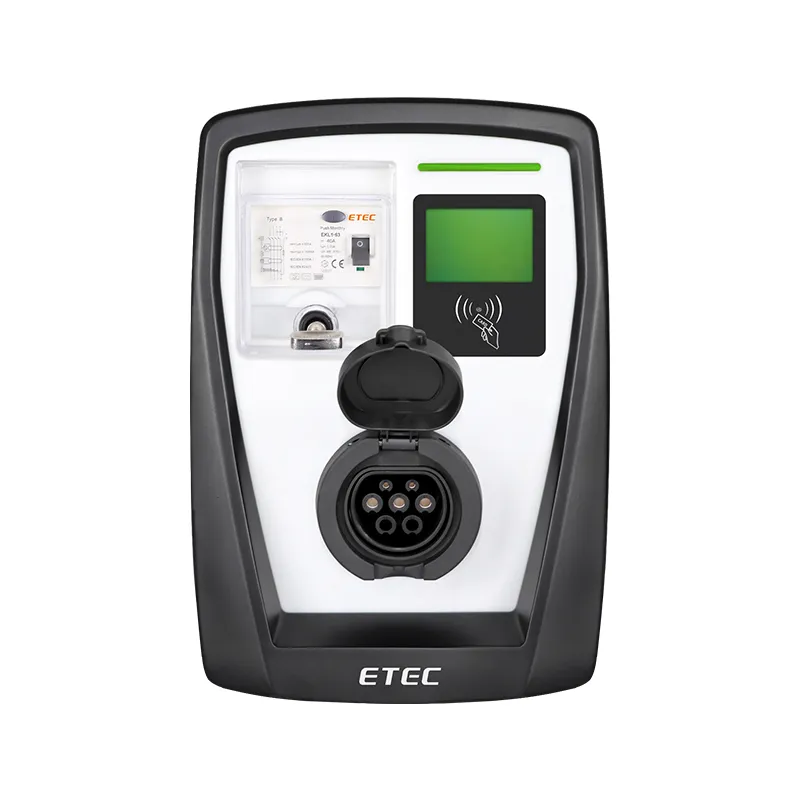|
Fault phenomenon
|
Possible reason
|
Solution
|
|
No movement or unreliable movement
|
1. The power supply is too low or too volatile
2. Insufficient power capacity of operating circuit or broken line; wrong wiring and poor contact
3. The control voltage is not in accordance with the coil voltage
4. The product is damaged (such as coil breaking or burning, mechanical movable parts being stuck, rotating shaft rusting or crooked, etc.)
5. Contact spring pressure and overage
6. The power source is too far from the contactor and the connection wire is too thin.
|
1. Adjust the power supply voltage.
2. Add power capacity, correct wiring, repair control contact.
3. Replace the coil.
4. Replace coil, troubleshoot, repair damaged parts.
5. Adjust the contact parameters as required.
6. Replace the thicker connecting conductor.
|
|
Not release or slow release
|
1. Contact spring pressure is too low.
2. Contact welding.
3. The movable part of the machine is stuck, and the shaft is rusted or crooked.
4. The force spring is damaged.
5. The core is oily or dusty.
6. E-shaped core, when the end of life, the magnetic gap disappears, the residual magnetism increases, so that the iron core does not release.
|
1. Adjust the contact parameters.
2. Remove welding failure, repair or replace contact.
3. Troubleshoot and repair damaged parts.
4. Replace the counterforce spring.
5. Clear the core.
6. Replace the core.
|
|
The coil overheats or burns
|
1. Too high or too low power supply.
2. The coil technical parameters (such as rated voltage, frequency, load factor and applicable working system) are not in accordance with the actual conditions of use.
3. Over operating frequency.
4. Poor coil manufacturing or mechanical damage, insulation damage, etc.
5. Use of special environmental conditions such as air humidity, corrosive gas or high ambient temperature.
6. Moving part sticking.
7. The AC core has an uneven surface or an excessive magnetic gap.
8. The AC contactor is derived from the double coil of dc operation, because the constant closed interlock contact is not released and the coil is overheating.
|
1. Adjust the power supply voltage.
2. Replace coil or contactor.
3. Select other appropriate contacts.
4. Replace the coil to eliminate the failure of the coil mechanical damage.
5. Adopt specially designed coil.
6. Exclusive sticking phenomenon.
7. Remove the poles or replace the core.
8. Adjust interlocking contact parameters and replace the burning coil.
|
|
Electromagnet (communication) is noisy
|
1. The power supply is too low.
2. Excessive pressure of contact spring.
3. The magnetic system is skewed or stuck, so that the iron heart cannot draw flat.
4. Extremely surface rust or because foreign body (such as oil scale, dust) adhered to the iron core.
5. Short circuit ring fracture.
6. The iron core is worn out and uneven.
|
1. Improve the operating circuit voltage.
2. Adjust the contact spring pressure.
3. Troubleshooting machinery.
4. Clear the core.
5. Replace the core or short circuit ring.
6. Replace the core.
|
|
Contact welding
|
1. High frequency operation or overload.
2. Load side short.
3. Contact spring pressure is too low.
4. A metal particle protrudes or a foreign object on the surface of the contact surface.
5. The operating circuit is too low or mechanical to get stuck, resulting in stagnation in the suction process, and the contact stops at the point of contact.
|
1. Replace the appropriate contactor.
2. Eliminate short circuit faults and replace contact.
3. Adjust the contact spring pressure.
4. Clean the contact surface.
5. Improve the operation power supply voltage, eliminate the mechanical jam and make the contactor absorb reliable.
|
|
An eight-hour working contact overheats or burns
|
1. Contact spring pressure is too low.
2. Contact with oil on the head, or uneven surface, metal particles protruding.
3. The environment is too hot or used in a closed control box.
4. Copper contacts are used for long-term work.
5. The overreach of the contact is too small.
|
1. Adjust high contact spring pressure.
2. Clean the contact surface.
3. The contactor is reduced to capacity.
4. The contactor is reduced to capacity.
5. Adjust the contact head or replace the contact.
|
| Excessive wear of contact in a short time |
1. The contact device is not properly selected. In the following situations, the capacity is insufficient:
(1)Reverse connects braking.
(2)There are more dense operations.
(3)Overoperating frequency.
2. Three phase contact is not contact at the same time.
3. Load side circuit.
4. The contactor cannot be reliable. |
1. The contactor can be used or converted to a heavy-duty contactor.
2. Adjust to contact at the same time.
3. Eliminate short circuit faults and replace contact.
4. See that the action is not reliable. |
| Interphase short circuit |
1. The reversible conversion of contactor interlocking is unreliable, because of the disoperation caused two sets of contactors in operation at the same time interphase short circuit caused by the way, or because of contactor moves too fast, the conversion time is short, arc short circuit occurred in the process of transformation.
2. Dust accumulation or adhesion to moisture, oil scale, make the insulation worse.
3. Damaged parts of the product (such as broken arc). |
1. Check electrical interlock and mechanical interlock; Extension reversible conversion time on the control line.
2. Always clean and keep clean.
3. Replace damaged parts. |




.webp)

